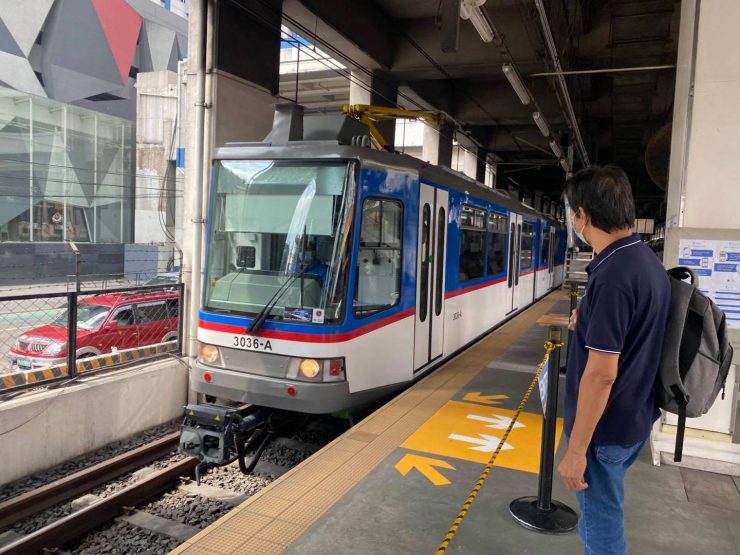The Philippines is a rapidly developing country with a growing need for efficient transportation systems. As urban areas continue to expand, the importance of sustainable and eco-friendly transportation options becomes more evident. This blog post explores the revival of the rail system in the Philippines and the role of innovative solutions in this transformation.
II. Historical Context of Rail Systems in the Philippines
The Philippines has a rich history of rail transportation dating back to the Spanish colonial era. Railways played a significant role in connecting various regions and facilitating trade. However, the decline of rail systems in favor of road transportation led to their near-extinction.
III. The Revival of Rail Systems in the Philippines
In recent years, the Philippine government has taken significant steps to revitalize the rail system. Ambitious initiatives and policies have been introduced to support rail infrastructure, recognizing the vital role it plays in addressing traffic congestion and environmental concerns.
IV. Benefits of a Modern Rail System
A modern rail system offers numerous advantages. It helps reduce traffic congestion in major cities, lowers the environmental impact by promoting cleaner and more sustainable transportation, and enhances mobility and accessibility for the public. Recent statistics and case studies show the positive impact of these developments.
V. Challenges and Solutions
Despite these efforts, challenges remain. Financing, land acquisition, and the coordination of various stakeholders are ongoing hurdles. However, there are ongoing projects and solutions to address these challenges, including public-private partnerships and international collaborations.
VI. The Role of Aluminum Suspension Rail Systems
One innovative solution that has proven to be effective in the modernization of the rail system is the Aluminum Suspension Rail System. This system seamlessly integrates into various architectural settings and offers customizable access to heights, making maintenance and cleaning more efficient and safer. Examples of successful implementations can be found in various locations across the country.
VII. Future Prospects and Expansion
The future of the rail system in the Philippines looks promising. There are upcoming projects and developments that will significantly impact the country’s transportation landscape. The expansion of the rail network promises to connect more regions, making travel easier and more convenient.
VIII. Sustainability and Eco-Friendliness
Sustainability is a key focus of modern rail systems. Energy-efficient and eco-friendly features help reduce the carbon footprint and make rail transportation an environmentally responsible choice.
Takeaway
The revival of the rail system in the Philippines is a testament to the country’s commitment to providing efficient, sustainable, and eco-friendly transportation options for its citizens. The role of innovative solutions, such as the Aluminum Suspension Rail System, is crucial in achieving this vision.

